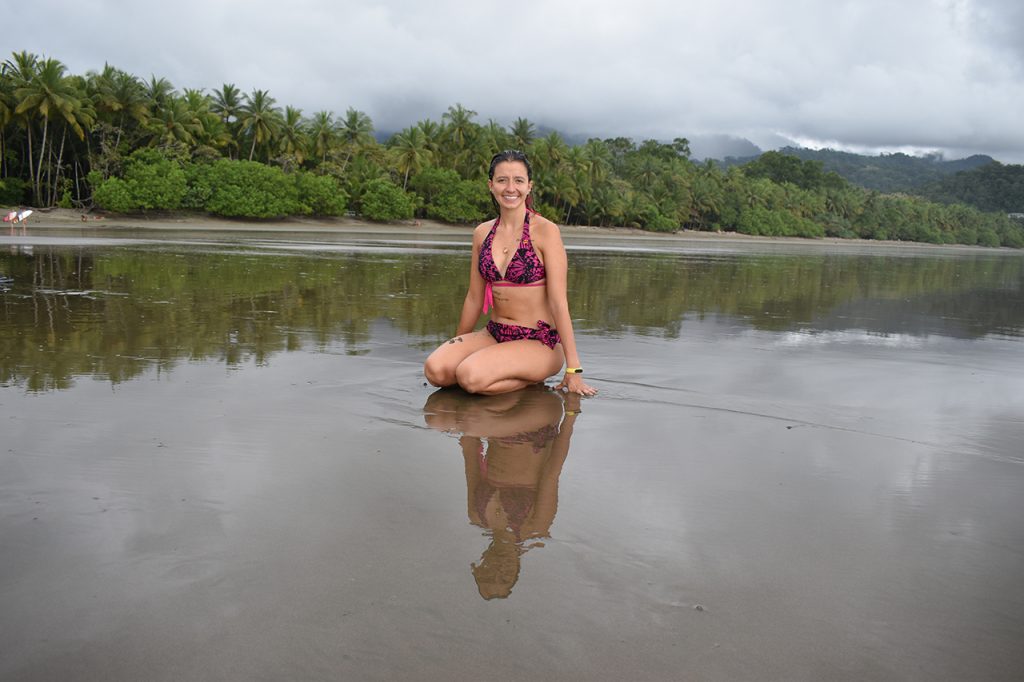Hi there,
From Quepos we took a direct bus there and it was the first time in the entire trip that there was a direct bus somewhere.
I must point out that throughout the trip the bus drivers were especially bitter and rude. The driver of this journey was no exception. He left us at a stop, threw our luggage on the ground as if they were garbage and without explaining anything, he got back on the bus and continued his way.
From that place, in the middle of nowhere, we had to walk an hour in full sun to our hotel.
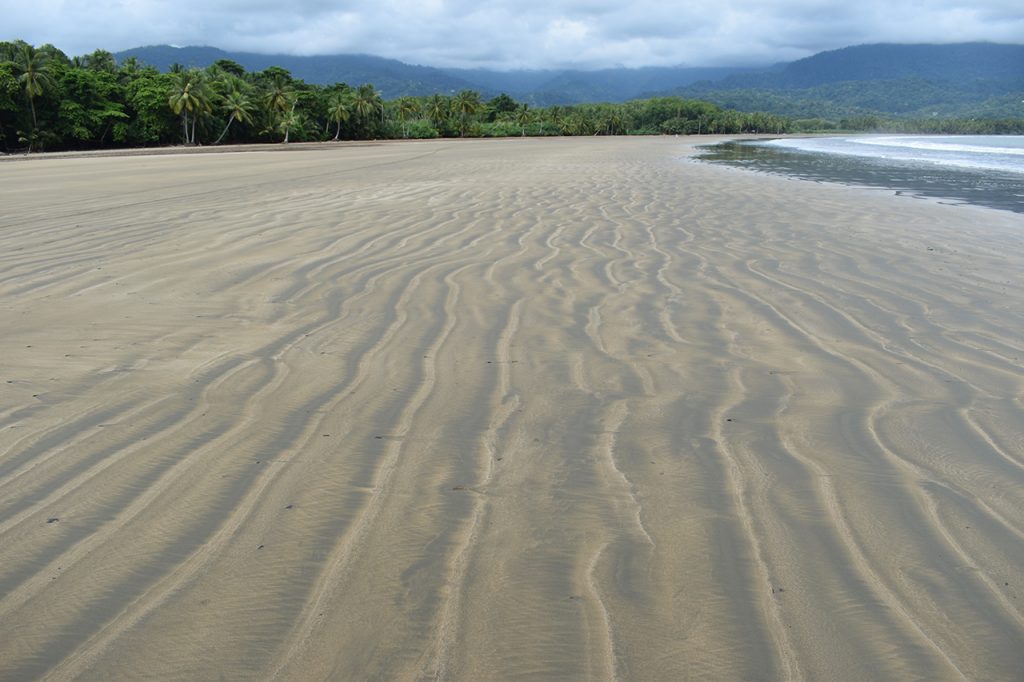
We arrived at the Tropical Beach Hotel, and they let us check-in a little earlier. The room was small, but it was clean, and the bathroom was spacious. The bad thing was that we lacked a wardrobe.
Wi-Fi worked well, which is rare in Costa Rica, but power cuts were abundant.
That day we looked for a place to have lunch and we realized that everything was far away, more than 30 minutes walking. Nearby we only had a restaurant that was discarded for being from a hostel.
In the afternoon we went to the beach that was a 5-minute walk from our hotel and it is huge. The typical Costa Rican beach of dark sand with abundant vegetation in the background.
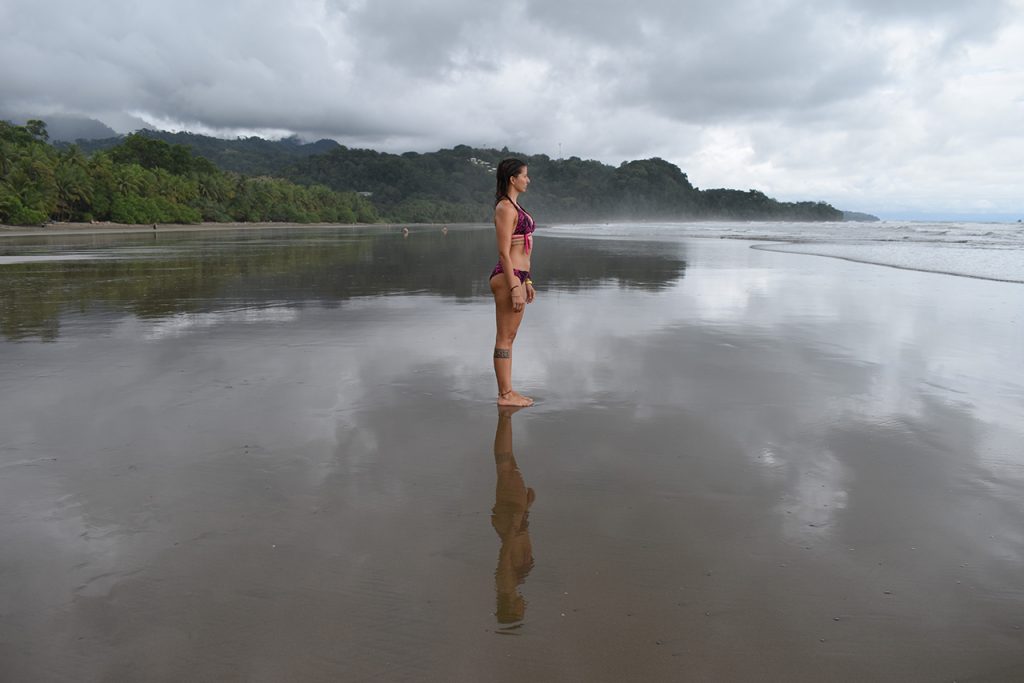
The entrance to the Marino Ballena National Park costs $16. To get to where the tickets are paid, we had to go around and it took around 1 hour, when walking along the beach you arrive in 15 minutes. There are several rivers on the beach that are deep and there are supposed to be crocodiles; so, when the tide is high, no one crosses them.
In other words, if you walk along the beach in the afternoon when the tide is low, you can enter for free because there are no workers left.
At the beginning of the national park there was a scandal of the motors of the boats that went out to do the tours to see the whales. We passed that chaos and began to walk in the middle of the jungle.
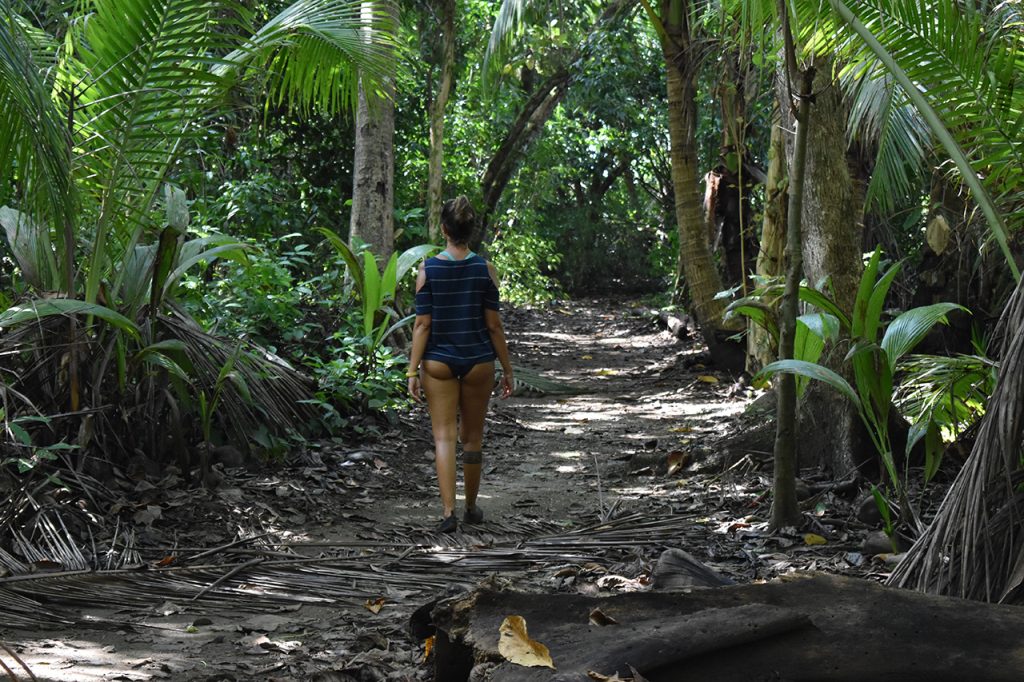
We arrived at the end of the park where there is a large river in which the crocodile warning was not lacking. So going to the other side to continue touring was not an option.
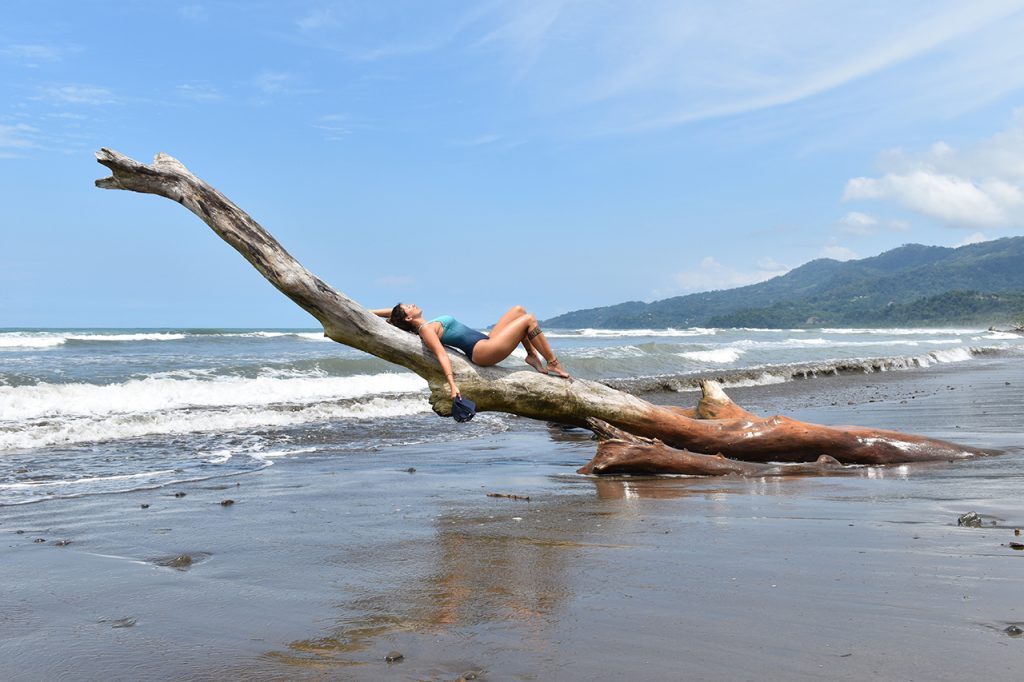
When the tide began to go out, we started our way back and passed the part that is shaped like a whale’s tail. Wells are also formed there when the tide goes out and you can take beautiful photos of the national park.
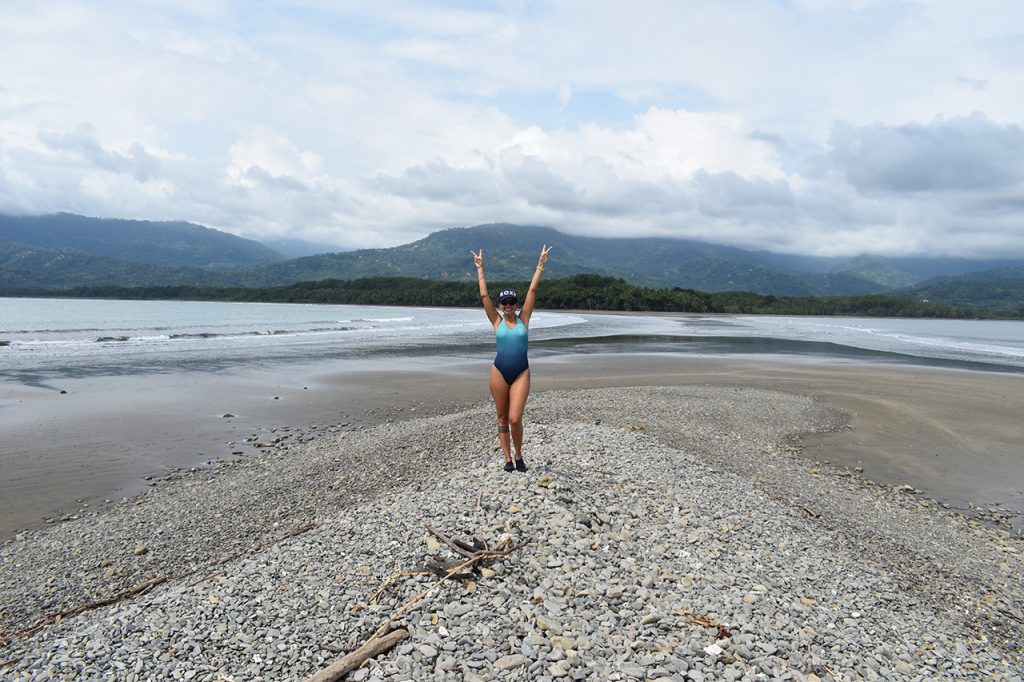
In the afternoon we were resting on the beach that was closest to us and we went for a walk. It was night and to return there was absolutely no lighting and we did not even have a cell phone. We walked as best we could through the trees and miraculously found the road that led to our hotel. All of Uvita is like this, when it gets dark you have to grab the flashlight because there is no lighting at all.
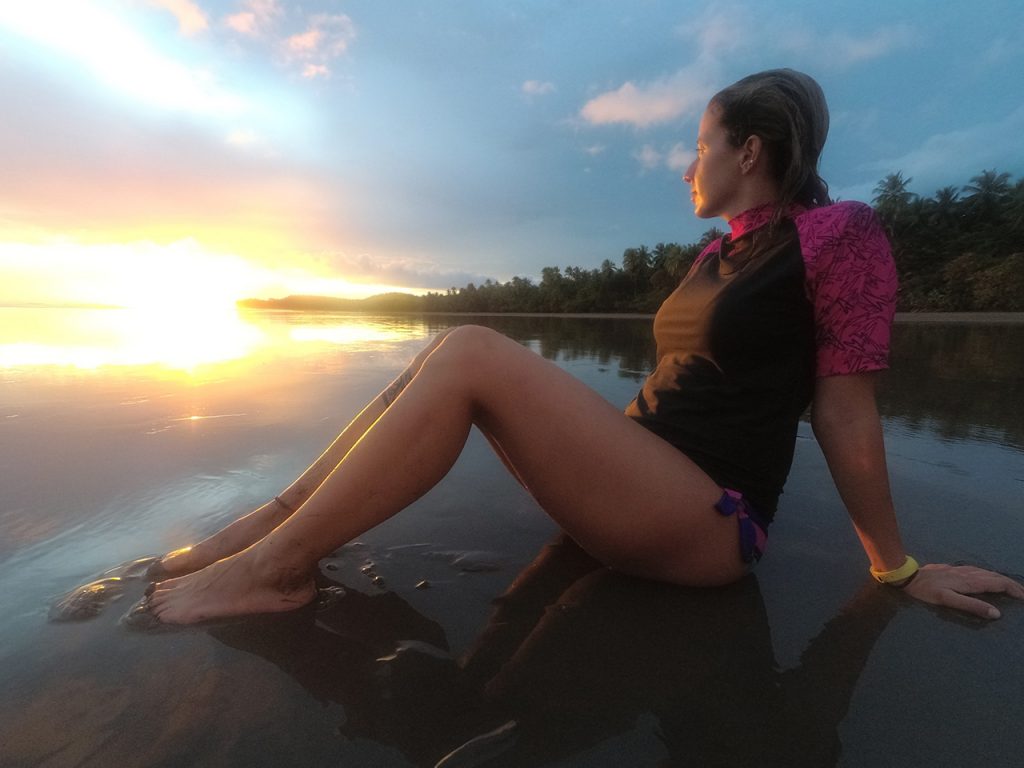
Uvita seems insecure because there is a lot of police movement everywhere. In fact, we saw many alarming signs saying not to go to the beach alone, much less bring valuables.
Near the beach there is nothing. You must walk half an hour or more to find restaurants and there isn’t much on offer either.
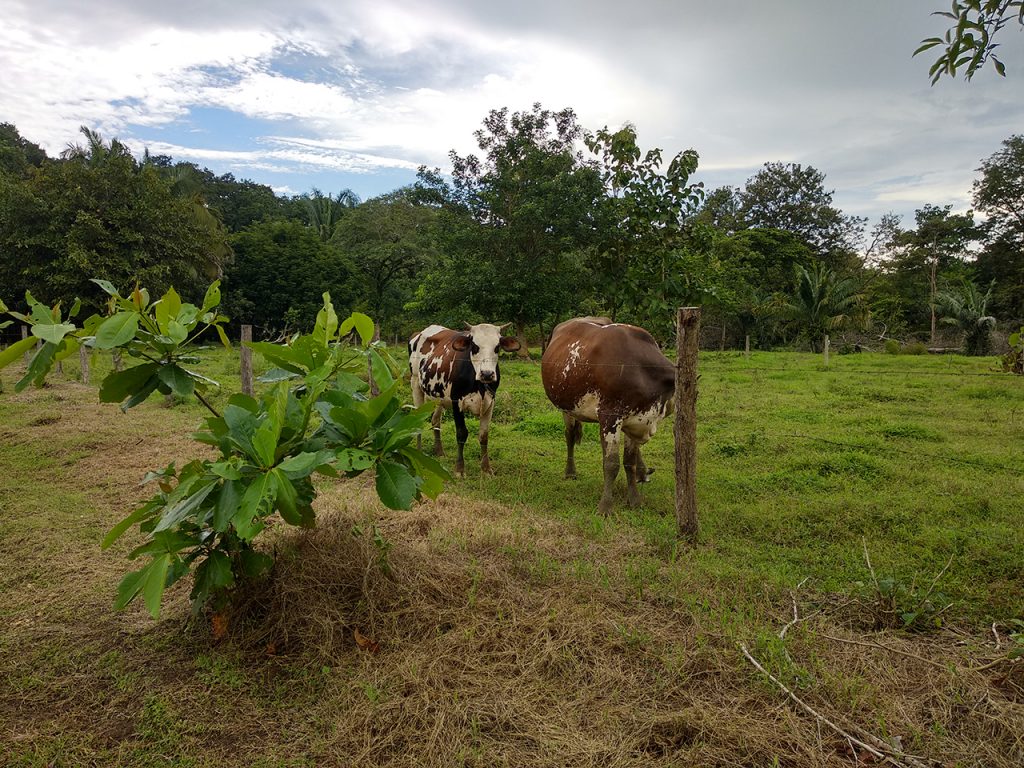
In short, Uvita was a place that we liked because it was quiet and hardly any cars passed through the streets. The opposite of Santa Teresa, which had horrible traffic. Not having any light in the streets after dark has its charm, although it limits you quite a bit since you can’t do anything after the sun goes down.
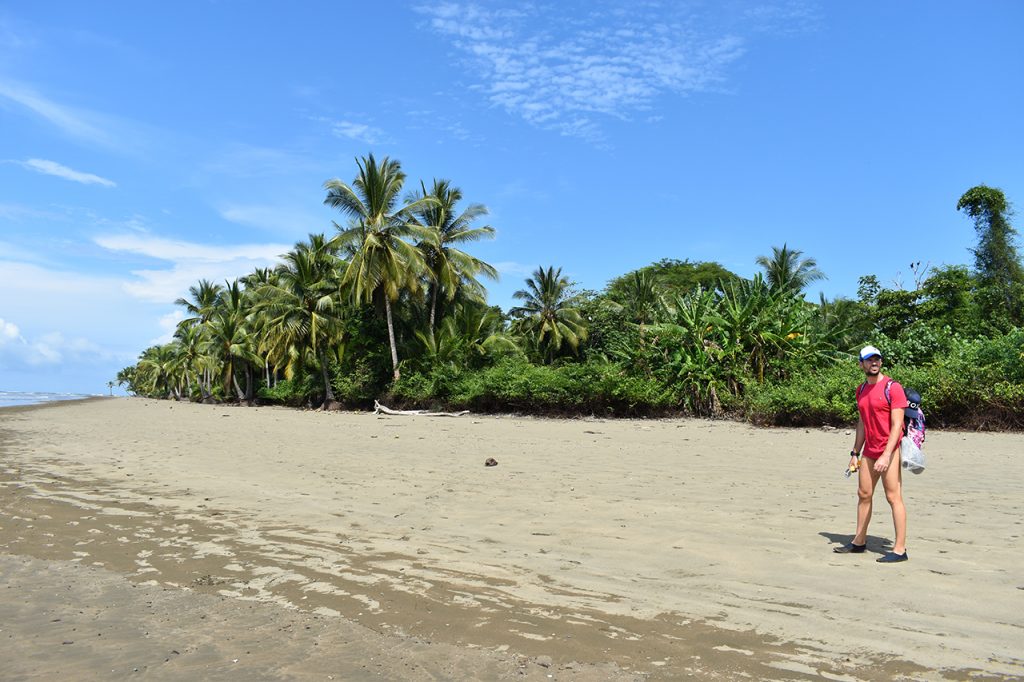
The service at the hotel, as in all hotels in Costa Rica, was disastrous. After they gave us the key, they didn’t even clean the room.
The national park was beautiful and had the particularity that you went to another part when the tide was low, but it was the one where we saw fewer animals. Many macaws flying, but nothing else.
Another negative thing is that the bus stop is very far, so we were a 5-minute walk from the beach, but an hour from the bus stop. Doing that path with backpacks is not easy. The Uvita area is having a hotel construction boom and the owners are almost all North American or European.
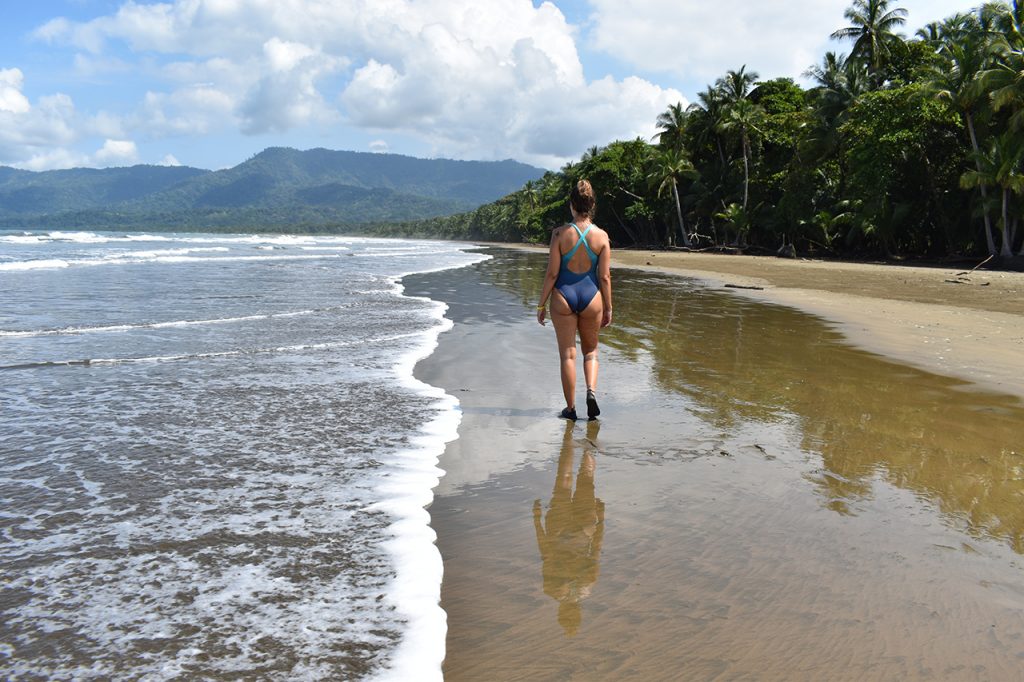
Here is the link to my YouTube channel:

